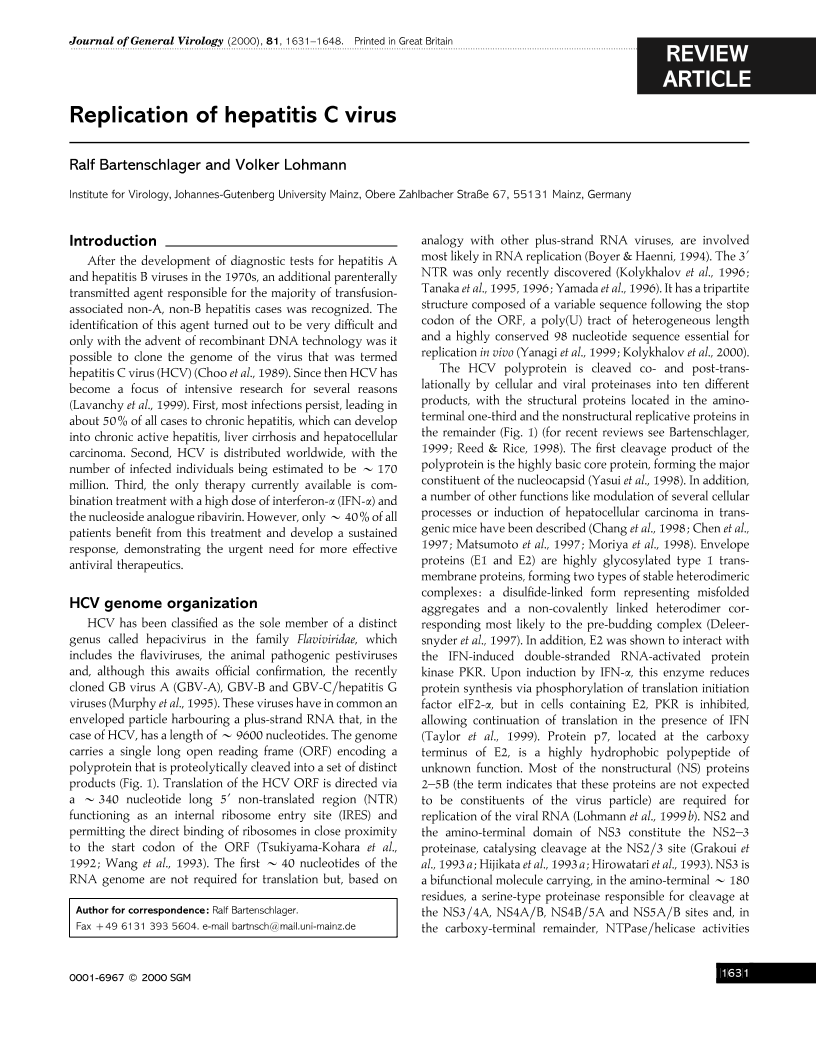
Full text loading...

Replication of hepatitis C virus, Page 1 of 1
< Previous page | Next page > /docserver/preview/fulltext/jgv/81/7/0811631a-1.gif
There is no abstract available.

Article metrics loading...

Full text loading...
References


Data & Media loading...
